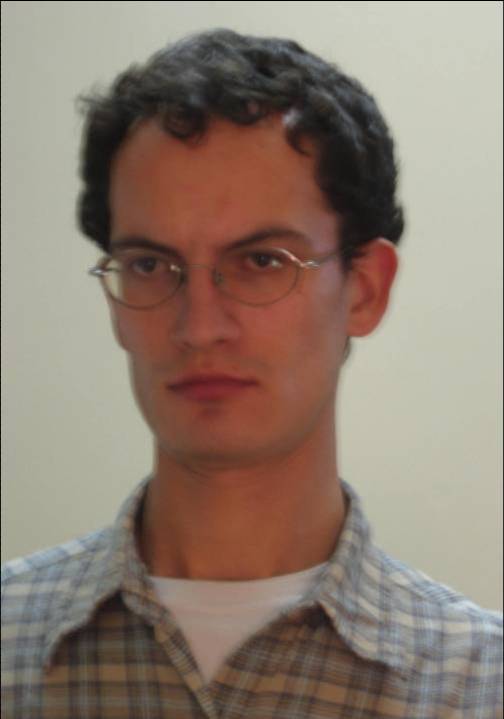Maurizio Cattelan, Massimiliano Gioni and Ali Subotnick, the curators of the fourth Berlin Biennale of Contemporary Art, show in their exhibition "das Leben als eine Reihe von Traumata und Kunst als ein Rätsel" (Press Release 2006: 4). This combination of individualization of life and of estrangement of art opens itself to Perniola's conception of modernity in the horizon of simultaneity. When neither past nor future represent any longer a radical difference to the present, "a return of the repressed" (Perniola 1995: viii) and "future shock" (Perniola 1995: viii) pass into one another. The resultant configuration of contemporary modernity plays out in the "relationships between humans and things" (Perniola 1995: viii). A paradigmatic expression for the crisis of historical modernity that the collapse of both past and future into the present represents can be found in art biennials. Combining the characteristics of historical museums, universal expositions and shopping malls, art biennials stand for "the contemporary imaginary" (Perniola 1995: viii) that in the contemporary configuration of moderntiy allows the society of the spectacle to unfold as a combination of urban space and global culture.
In contrast to Guy Debord's (1967, 1988) conception of the society of the spectacle that characterizes its current stage as an integration of its concentrated type of totalitarian societies and its diffuse type of liberal capitalism, Perniola understands the society of the spectacle beyond the Enlightenment categories of truth and reason (Perniola 1995: 4). Modernity that goes beyond the Enlightenment dialectics of past and future as a process in which truth and reason uncover themselves passes into the society of the spectacle where the only possible transitions are from one picture, one constellation, and one reflection to another. As a particular instance of an emergent institition of this society of the spectacle, Berlin biennale offers "Reflexionen über die conditio humana im Spannungsfeld von Angst und Unterwerfung, von Unbehagen und Offenbarung, aber auch spontane, lichte Intermezzi des Schönen" (Press Release 2006: 4). Rather than offering an aesthetic experience that is nourished by truth that encounter with artworks might reveal or is governed by reason that artistic discourse makes visible in exhibitions, the Berlin biennale stages "ein absurdes Theater, in dem Tiere, Menschen und Geister ihre tragische Rolle spielen" (Press Release 2006: 4).
The Enlightenment movement towards truth and reason founds the certainty of their arrival on overcoming the problems of knowledge that become thematized as secrets. In contrast, Gilles Deleuze (1988) introduces "a world not of secrets but of folds" (Perniola 1995: 5). Connected to "a merely empirical field of application" (Perniola 1995: 5), folds thematize the practice of "the drawing out, the unwinding, the ex-pression of something that is tangled, wound up, gathered in" (Perniola 1995: 5) that seeks to gain a direct access to "complexities and the sinuousness of concrete reality" (Perniola 1995: 6). The place of truth and reason take fiction and feeling as a development, an unfolding of thinking meets a sensuous exploration of reality. Itself taking its thematic inspiration from a work of fiction, the Berlin biennale likens the urban spaces its appropriates as exhibition halls to a narrative constellation that can serve as "ein Mikrokosmos einer ganzen Gesellschaft betrachtet werden oder als ein fiktiver Schauplatz für einen Roman" (Press Release 2006: 5). The folds of exhibition spaces explain social, economic, political and cultural reality through the affinities of its direct contact with humans and things that "belong to one and the same world" (Perniola 1995: 6).
To develop my understanding of international art biennials vis-à-vis metropolitan museums, I follow lines of reasoning that explore defining dimensions of the phenomena broadly falling into the category of the institutional, social, and cultural underpinnings of international art exhibitions.
About Me
Translation
Links
- openDemocracy: free thinking for the world
- Cultural Policy: Center for Arts and Culture
- Arts Journal: Daily Arts News
- Arts and Letters Daily News
- Space and Culture Blog
- Fast Capitalism: Journal on Impact of Information, Technology, and Communication
- European Journal of Higher Arts Education
- ephemera: theory & politics in organization
- Coagula Contemporary Art Magazine
- Frieze Magazine: Europe's Contemporary Art and Culture
- Museum and Society Magazine
- London Review of Books
- The New York Review of Books
- Eurozine: European cultural journals network
- Sign and Sight: Arts, Essays, Ideas from Germany
- Der Spiegel Magazine: International Edition
